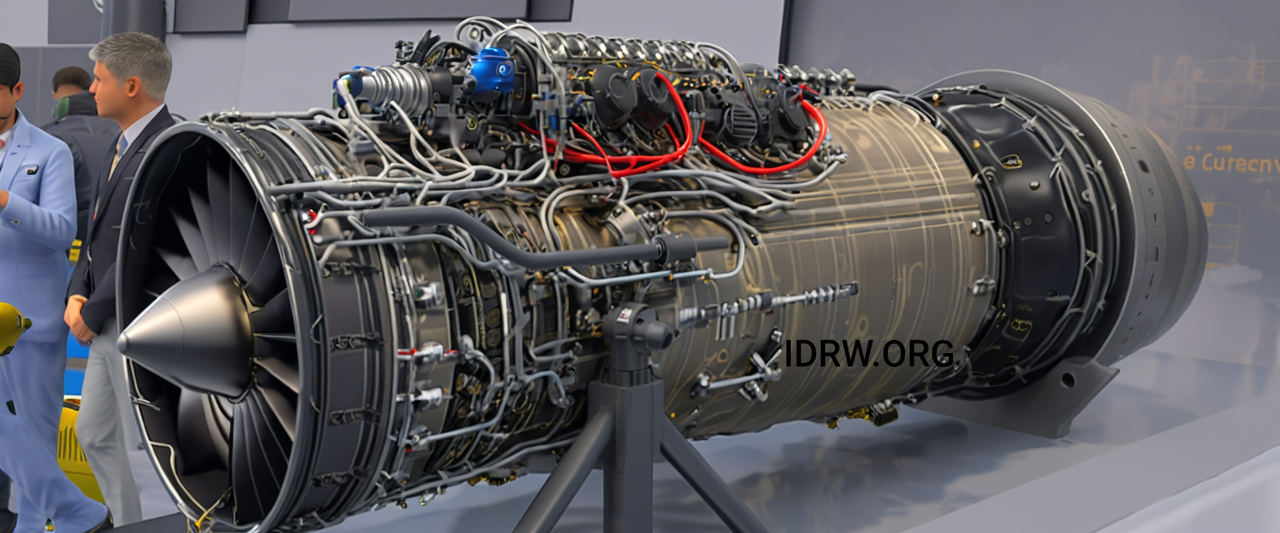SOURCE: RAUNAK KUNDE / NEWS BEAT / IDRW.ORG


Rosoboronexport, Russia’s state-owned arms exporter, has expressed concerns regarding India’s decision to exclude the AL-41F-1S engine from its Su-30MKI “Super-30” upgrade program planned for 80 odd aircraft. Speaking to idrw.org, Rosoboronexport officals argue that the AL-41F-1S engine offers significant advantages over the existing powerplants in the Indian Su-30MKI fleet. The AL-41F-1S, also known as article 117S, is a modern modular two-shaft turbofan engine featuring thrust vector control and integrated digital control.
A key selling point for the AL-41F-1S is its compatibility with existing Su-30MKI airframes. Sharing the same geometry and attachment points as the AL-31FP version currently used in the Su-30MKI, the AL-41F-1S could be integrated with minimal modifications to engine nacelles and equipment. This compatibility would streamline the upgrade process and potentially lower costs.
Rosoboronexport highlights the improved performance of the AL-41F-1S compared to its predecessors. The engine boasts an 18% increase in thrust generation (144kN compared to 122kN) due to a new low-pressure compressor with increased airflow and efficiency, along with a new turbine with an enhanced blade cooling system. This translates to improved power, acceleration, and overall manoeuvrability for the Su-30MKI.
Rosoboronexport further emphasizes the successful application of the AL-41F-1S in the Russian Su-30SM2 fighter program. The shared airframe between the Su-30MKI and Su-30SM2 suggests that the Indian Su-30MKI fleet could benefit significantly from adopting the same engine technology.
While Rosoboronexport presents a compelling case for the AL-41F-1S, India’s decision-makers have decided to stick with the Modernized AL-31FP version engine that will now include the installation of a FADEC-type digital control system, which provides improved acceleration capability and efficiency (an analogue hydro-mechanical system was used previously). The process to stick with the e AL-31FP version also likely involved a broader range of factors beyond just engine performance. Cost, potential technology transfer opportunities, and local supply chain in India all played a role in the selection process.
NOTE : Article cannot be reproduced without written permission of idrw.org in any form even for YouTube Videos to avoid Copy right strikes. Websites doing illegal reproductions will get DMCA and Legal Notices.